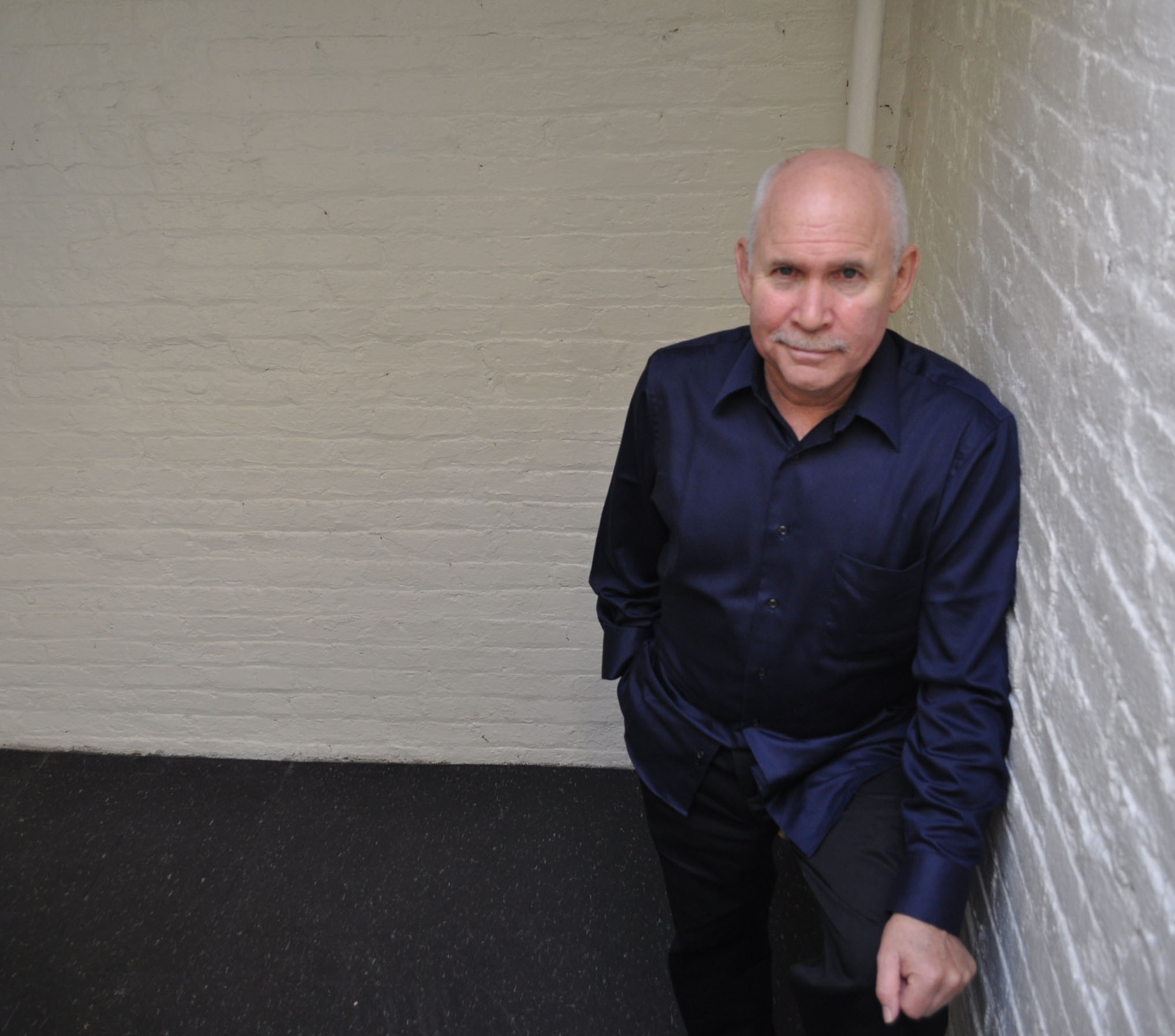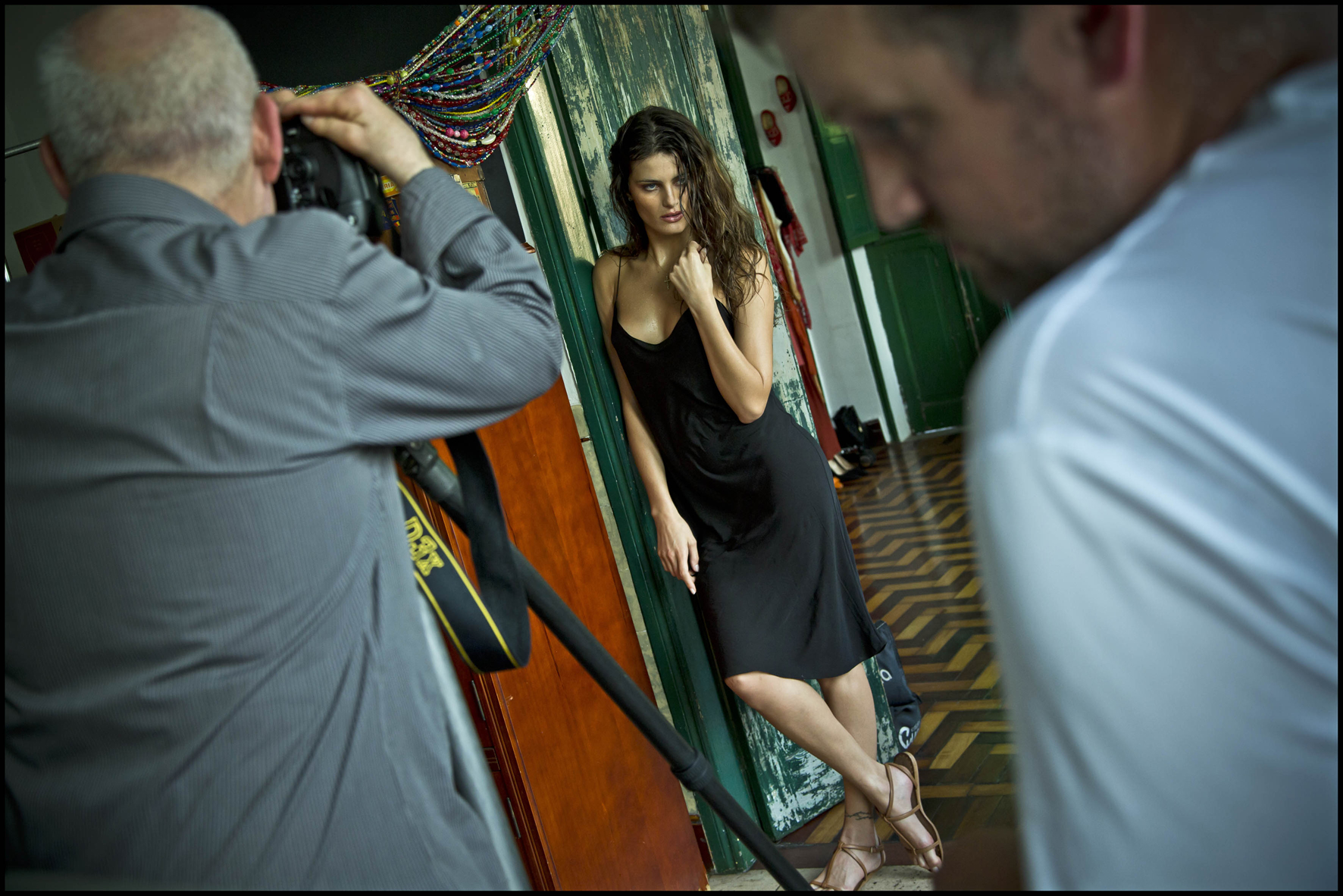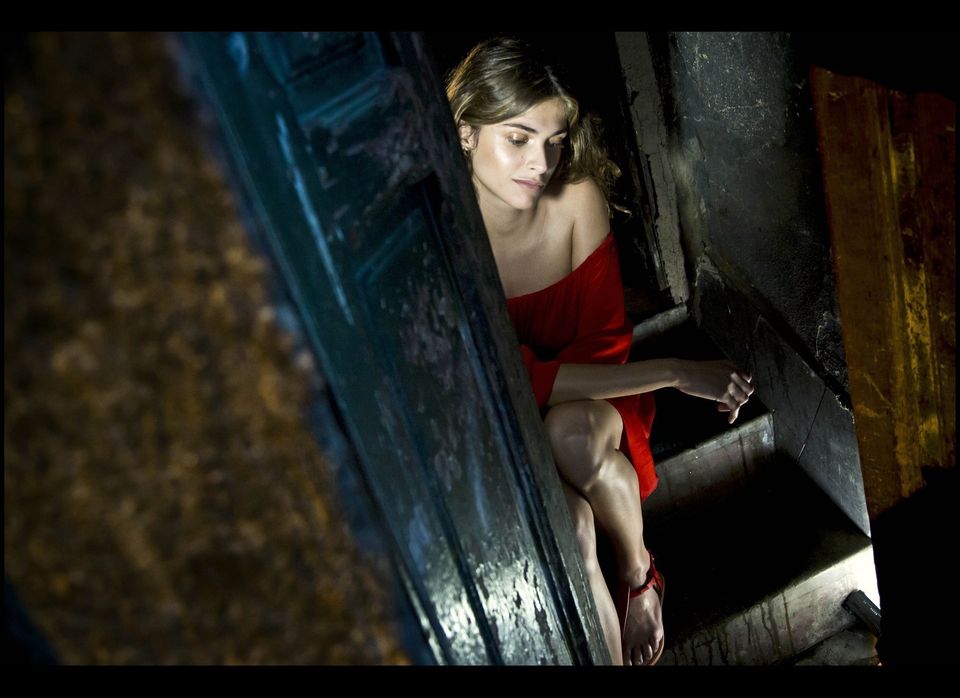The New Year is typically rung in with a few friends, fireworks, far too many drinks and a long lie in on January 1. When we do resurface there is the renewed optimism that this year, unlike all the others before it, we might actually be able to uphold those burgeoning resolutions. A look to the calendar as a symbol for a future filled with promise and renewed determination frequently ends up being a reminder of just how weak-willed we can be.
Therefore, why not have a special one, so beautiful that you can never come to resent it for pointing out you only got to February before crumbling? Plus, Chinese New Year isn't until the 10th of the month so that's another great excuse to bide your time. But here we are after weeks of scouring the discount bins at Paperchase, Papyrus and the Amazon.com sales, and it seems the only calendar that will do is the one we can't have, the Pirelli Calendar 2013.
Originally created in 1963 and officially launched in 1964, the Pirelli Calendar was a way for the Italian brand to say thank you to their most valued clients and associates while promoting their prestigious tires with sexy pin-ups shot in exotic locations. A company best known for outfitting the world's fastest cars and super bikes were soon gaining a reputation for getting pulses racing with their yearly gift. It rapidly grew into an iconic status symbol not only for drawing in heavy hitting photographers such as Herb Ritts, Richard Avedon, Annie Liebovitz and Mario Testino, but also for its notorious exclusivity; the calendar has never been sold.
An emblem that is renowned for oozing sex and luxury, this year's release has shifted gears from its predecessors by taking an overriding humanitarian approach. Unlike Mario Sorrenti's island nymphs, Karl Lagerfeld's Greek gods in the buff and Terry Richardson's raunchy Brazilian beach blanket bingo, the models have not only kept their clothes on, but they're doing so while promoting a worthwhile cause. And at the helm of the 40th anniversary edition is none other than legendary photojournalist Steve McCurry.

For over three decades, Steve McCurry has traveled the globe capturing unseen conflict with his astounding images of war-torn Afghanistan and Iraq. His storied career has produced an incredible wealth of genuinely humbling images. From his coverage of various nomadic cultures on the verge of vanishing to that iconic image of Sharbat Gula, the Afghan Girl for the 1985 cover of National Geographic, McCurry's vast portfolio speaks volumes to his keen and explorative eye. And this year, McCurry captured 11 stunning women such as model Isabeli Fontana -- making a record sixth appearance -- Happy Hearts Fund founder and tsunami survivor Petra Nemcova, actress and advocate Sonia Braga, all chosen on the credibility of their own humanitarian causes as much as for their beauty.
McCurry's version is not overtly provocative. Compared to his predecessors, you could possibly consider his work tame, or even prudish. "I wanted to show the models as real as possible," said McCurry. "I asked myself, 'How can we show them in a more personal way or in a less fashiony way?'" So he exercised his right to full creative control and kept them clothed for a reason. He wanted to allow the viewers to see a fully formed person as opposed to "outright sex objects." Any hints of sexuality you see in the photos are exuded purely by womanly confidence. And what about welcoming the heavily pregnant Brazilian model Adriana Lima into the fold, a first for Pirelli? "When I heard she was pregnant, I thought, 'Great. We can work with that,'" said McCurry. "It's who she is, so why not."
For Pirelli, this wasn't the first time they've employed somebody with a journalistic background. Robert Freeman, the first official photographer of the Pirelli calendar was famous for shooting The Beatles, jazz giants such as John Coltrane and Dizzy Gillespie and even Nikita Khrushchev, the first secretary of the Communist Party of the Soviet Union in the Kremlin for The Sunday Times. For their 40th anniversary, they were looking for an artist who could capture their chosen location in a unique light. "We were looking for someone that wasn't a typical fashion photographer," said Pirelli's Fabia Snider. "We weren't interested with photographers who had celebrities all over their sites. We were interested in Steve because he's worked around the world and is like an anthropologist. We wanted someone who could capture not only the beauty in the landscape and the beauty of the women, but also the soul of a country. Steve created his own Brazil -- his own Rio de Janeiro -- he was perfect."
Brazil, now making its third appearance as the setting for the calendar (2005, 2010) is an ideal backdrop for Pirelli. Not only is it picturesque and exotic, two big ticks in their calendar requirements checklist, it's also a developing country currently experiencing rapid economic growth. It may be a surprise for some to learn that is it also Pirelli's largest market.
When Pirelli contacted McCurry, they wanted him to capture the desirability and social transformation of Rio while avoiding the stereotypical clichés of beaches, favelas and the famous carnival. They wanted him to isolate the changing nature of this vibrant country and document its unique strengths. For McCurry, who had been to Brazil many times before, Rio gave him a multitude of options filled with color, energy and soul, not only throughout the cityscape, but within its people. With this 2013 edition I believe that he succeeded on every level.

Joy Yoon: What was your initial response when Pirelli asked you to shoot their calendar? What made you say yes?
Steve McCurry: I was thrilled! I thought it was great. In the world of art and photography this is a major commission. To do the calendar a photographer is given a lot of freedom or the wherewithal to do something in his or her own style, which is significant and makes it easy to say yes. From there we talked about different girls and directions and ended up with a group of extraordinary women who were doing their part to make the world a better place with their charities.
I know Pirelli came to you with Brazil already chosen as a location... how many times have you been to Brazil prior to the calendar shoot?
At least half a dozen times. The first time was for carnival...
How did you decide upon this particular group of women?
It was a collaborative effort working with Pirelli and Jennifer Starr who's been casting the calendar since the '90s.
Are you apart of any humanitarian causes?
Actually, I have a small nonprofit foundation in Afghanistan and Pakistan called ImagineAsia. We send supplies and textbooks. Recently we sent out medical textbooks for college students and warm coats.
Did you meet any of the models prior to shooting in Brazil?
A few. I met Summer Rayne Oakes prior to shooting. She's so well spoken and so informed about her causes. She's really impressive.
Did you do your homework before embarking on this iconic assignment?
Yes. I looked at a lot of previous Pirelli calendars before I started. There are some brilliant photographers out there, but what I brought was a different approach. I think because I've traveled so much that I can come in and get the essence of a place or at least do my best to bring myself; a certain humanity to that table. You're also given a lot of creative freedom, so it makes sense to do it in your own style and in your own way.
What was the mood of the shoot?
It was a question of trying to find places that spoke to me and talked about Rio. I love shooing in dark and moody types of situations and Rio has plenty of them. It's a visually exciting city full of amazing energy and it's probably one of the best cityscapes I've ever photographed.
How was it working with the models?
All the models were extremely charming and easy to work with and accommodating and they understood that I was trying to do something a little bit different. And we were able to accomplish that. These are professional models, literally the best, and they kind of go on automatic pilot and do their own thing, like Isabeli. I think it's better to let them be themselves at times and let them unfold in their own way without giving direction. In the case of Isabeli, I just wanted her to do her own thing.
How was it working with Sonia Braga?
I had never met Sonia before. In some ways she was the most fun. She's still striking and very beautiful and charismatic. She was also the freest. And cause she's much further down the road than these other girls, she just did her own thing and I just tried to keep up with her and shoot. She was great fun.
Who was your favorite subject to shoot?
Isabeli Fontana. She was wonderful. She's so beautiful and talented.
Though it isn't uncommon for the Pirelli Calendar to feature semi-clothed models, why did you decide to keep them clothed?
It was an evolution and a logical choice to keep them that way.
What did you learn from working on the Pirelli calendar?
Witnessing the whole production and working with the best models in the world was a fascinating situation to be in. It's the biggest shoot I had ever done. There's so much support and whatever we need this big machine was so organized that whatever the eventuality is, we were covered. As for the calendar, I thought taking it in another direction to make this world a better place even in a small way was great.
When did you know that photography was what you wanted to do?
I didn't know what I wanted to do till I was 22. Suddenly I discovered filmmaking and while studying that I took photography classes. Film was a team effort with a cameraman, sound person and it was expensive. So the idea of walking out the door, the spontaneous nature of photography, immediately appealed to me. Money wasn't an issue. It was about being able to work and make pictures that were in some ways often disconnected; it wasn't a continuous story like film. With photography you were just responding to different things, just sort of observing life really.
What was your first camera?
Some random Instamatic.
When did you get your first real taste for travel?
When I was 19 I went to Europe for a year. I went to Sweden, Amsterdam and Israel. I was following the scene; traveling along the hippie trail. In between semesters at college I went to Africa and Central America. I did a lot of traveling before I left college, and then I went to India for two years...
Why photograph war torn countries?
Some people are built differently than others. Take 9/11 for example. While everyone was running out, I was running in. It's not that we're reckless or have a death wish. We just want to be there, we want to witness these important stories and see them for ourselves and tell those stories to the world.
What was your initial reaction when you first saw a photo of the Afghan Girl?
I knew right away when I took the picture that I had gotten it so I wasn't that surprised. The funny thing is that the picture editor whom I worked with at National Geographic didn't want to show the photo to the editor. He actually wanted to show the other one. He thought the image was too visually disturbing and wanted to show the version with her face partially covered by her hands. We compromised and showed the editor both and he chose the one that made it on to the cover. It was an image that told a story of millions of Afghans fleeing their own country...
What made you search for the Afghan girl, Sharbat Gula after 9/11?
I had looked for her before but with no luck. After 9/11, with so many people being killed, I really wanted to try again. A friend of mine at National Geographic suggested we do a documentary about traveling, possibly finding her and meeting the Dalai Lama. But when we got closer and closer and actually found her, we forgot everything else. She remembered me and the day I photographed her. She's only been photographed twice in her life, on that day back in 1984 and again in 2002 when we found her.
Film or digital?
I shoot with Nikon (D800 and D3X) and Hasselblad, both digital. I don't shoot film at all. I haven't shot a roll of film since I shot that last roll of Kodachrome. I switched to digital before Kodachrome was discontinued. For its time, it was the best film ever made. But with digital you can do so much more. I don't even know how I got some of the shots I did on Kodachrome before digital. I can shoot in very dark conditions without a tripod and come up with some very beautiful pictures.
Biggest risk you've ever taken?
Quitting a job and going off to India without any hope of an assignment or without any guarantees was like jumping into empty space. I didn't have any experience and didn't know anyone. Everything that happened was trial and error. And the other thing was going into Afghanistan for the first time without having worked in any conflict regions and with people I didn't know. Without experience or the proper preparation it was a little risky. But the risk paid off because I wasn't working for anyone when I snuck into Afghanistan, but when I got out, a friend of mine helped place my images at the New York Times and subsequently the Christian Science Monitor, which is a really great newspaper. And by the time the Russians invaded I had a contact at TIME magazine. I also gave three pictures to the Associated Press that went all over the world and more to the New York Times. And it just kept going...
Any injuries while on the job?
I once had a concussion in India. I couldn't even remember where I was. I was robbed in Thailand and nearly killed. I was also in a plane crash in Lake Bled in Slovenia. The plane flipped over and I was underwater...
You were also reported dead twice...
Yes. I was in Afghanistan in 1980 and I came out and sent a telex to the picture editor at National Geographic to inform him that I was on my way to another location in Pakistan. The telex was either never sent or received. Then there was a report that a foreigner had been killed and since I had been out of touch for three weeks, they put two and two together and assumed I was dead. They even called my family on December 31st to inform them. Eventually when I came back I contacted the American Embassy. The other time was when I was arrested when trying to get into Pakistan. They thought I was a drug smuggler and I ended up in jail.
Any regrets?
No! You have to move forward and look forward. Could things be done differently? Of course they can. There are a million different directions you could go in life. And sometimes you go down the wrong road or sometimes a dead end or a cul-de-sac. I don't think you can think about that.
You've traveled to nearly every continent except Antarctica. Where haven't you been and where would you like to go?
Well I could have gone to Antarctica, but I wasn't interested in sitting in a research station for a month. I want to go to Madagascar, Iran, and back to Tibet.
What are your travel necessities?
Just my camera equipment and some clothes. I don't travel light but I don't really take a lot of gadgets.
Do you have any favorite photos?
If I'm forced to I can name a few, but I don't have a favorite.
What attracts you to a place?
Places that still have their original culture somewhat intact, like Yemen. It's like no other place in the world. Burma too. It's changing but it's different than a lot of Southeast Asia. I travel out of pleasure instead of duty or obligation.
